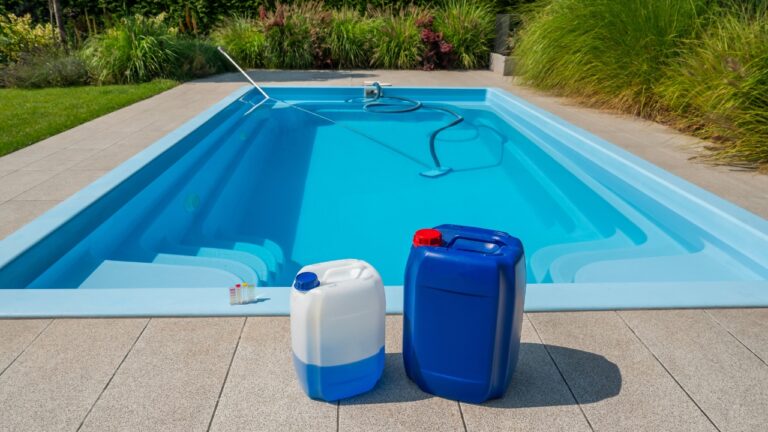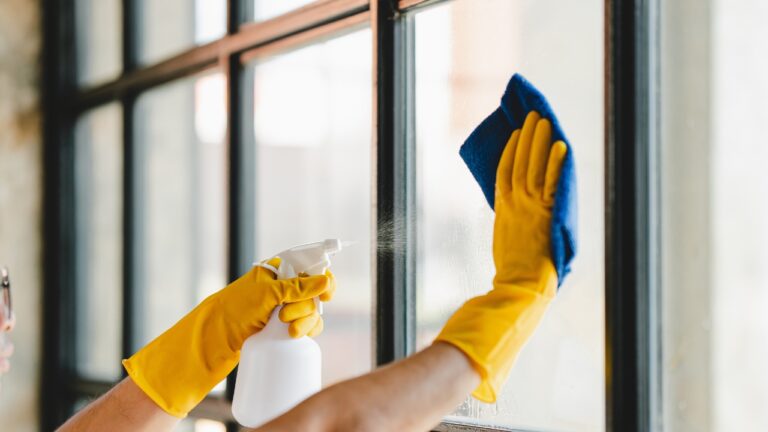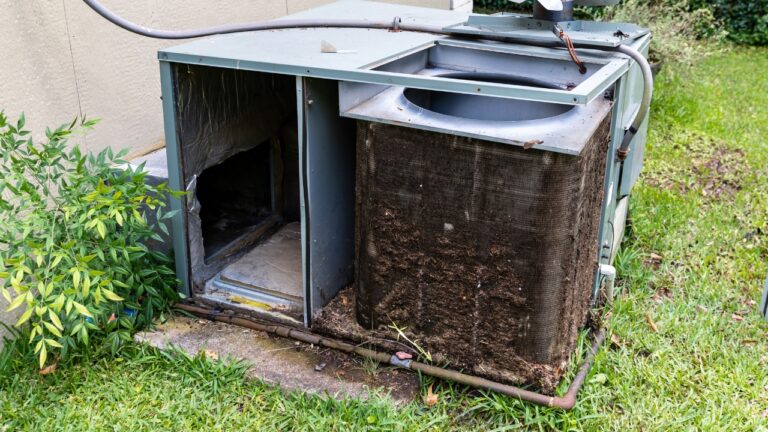What You’re Probably Doing Wrong With Your Water Lines
Getting water from your well to the house sounds straightforward—but how you lay, connect, and maintain those lines matters more than people think. A bad install or lazy habit can lead to leaks, low pressure, freezing, or worse. Here’s what most folks are getting wrong.
Using the Wrong Pipe Type
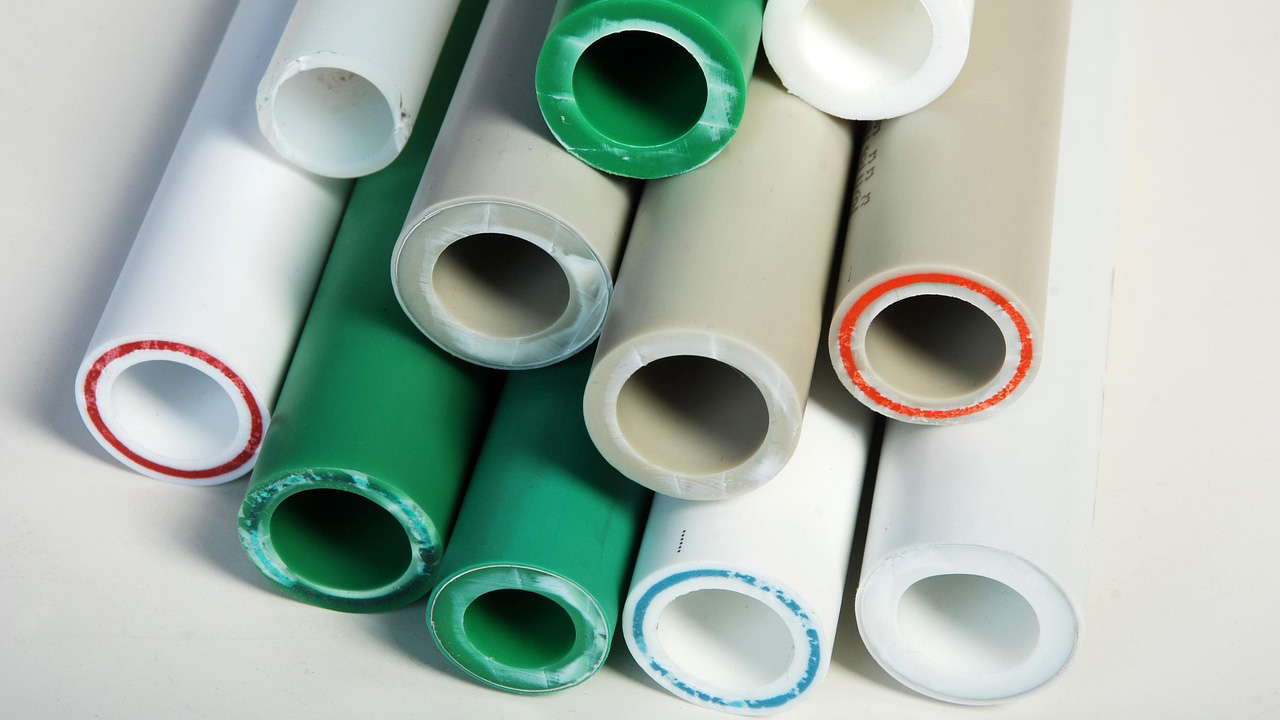
Not all water lines are created equal. Using thin-wall PVC or the wrong type of PEX can lead to cracks, UV damage, or poor flow. You want pipe that’s rated for direct burial and pressure use. Cheap pipe might hold up for a while—but it usually fails when it’s least convenient.
Burying It Too Shallow
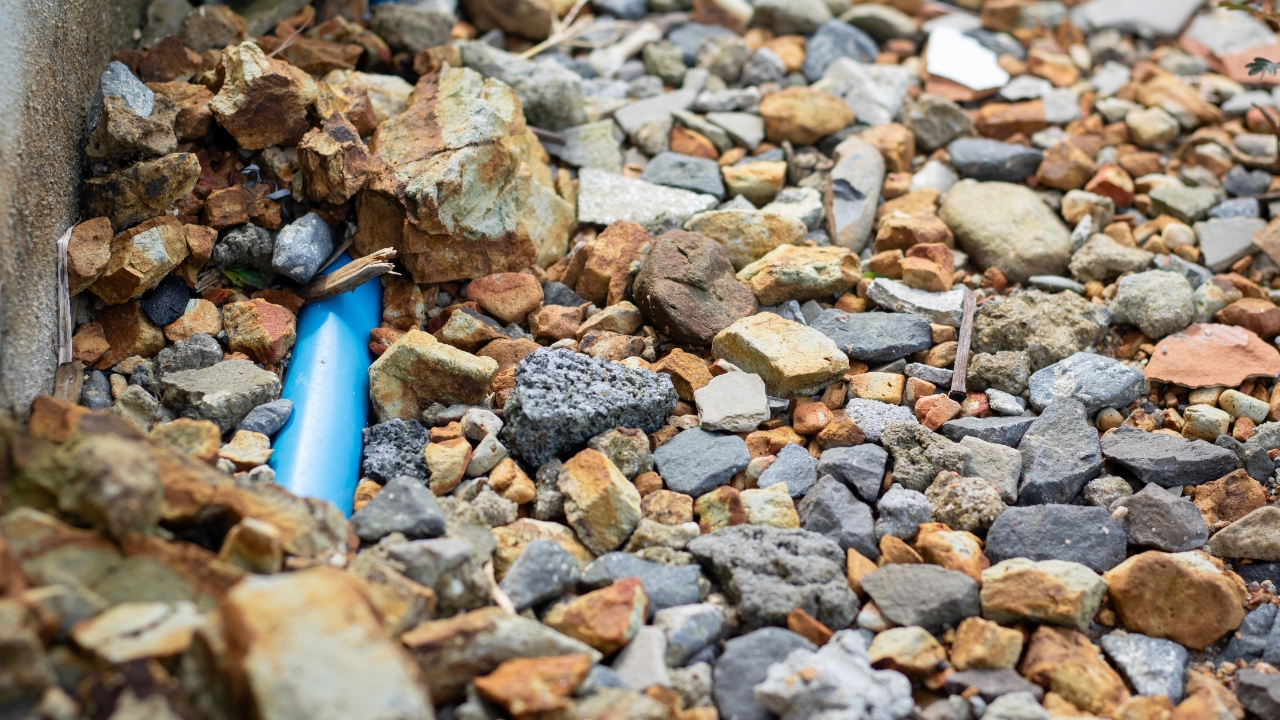
If your line’s not at least 18–24 inches deep (depending on where you live), it’s probably at risk for freezing. A shallow line might save time on install, but you’ll lose that time later when it bursts in the middle of winter. Better to trench deeper once than repair it every season.
Skipping Insulation

Even underground, your line can benefit from extra insulation—especially at joints or spots near the house. And if it’s above ground for any stretch, it absolutely needs protection. A little foam or wrap goes a long way in keeping your pressure steady and your water moving.
Not Including a Shut-Off Valve

If you ever need to fix a leak, swap fittings, or flush the line, a shut-off valve is a lifesaver. Without it, your only option is to kill the well pump completely. It’s a cheap install that makes future maintenance way easier and faster.
Connecting Without a Union

When you hard-plumb everything together without a union, you’re setting yourself up for a headache. A union fitting lets you disconnect a section without cutting pipe. It’s one of those tiny details that makes life so much easier when something eventually needs repair.
Letting Roots Crowd the Line
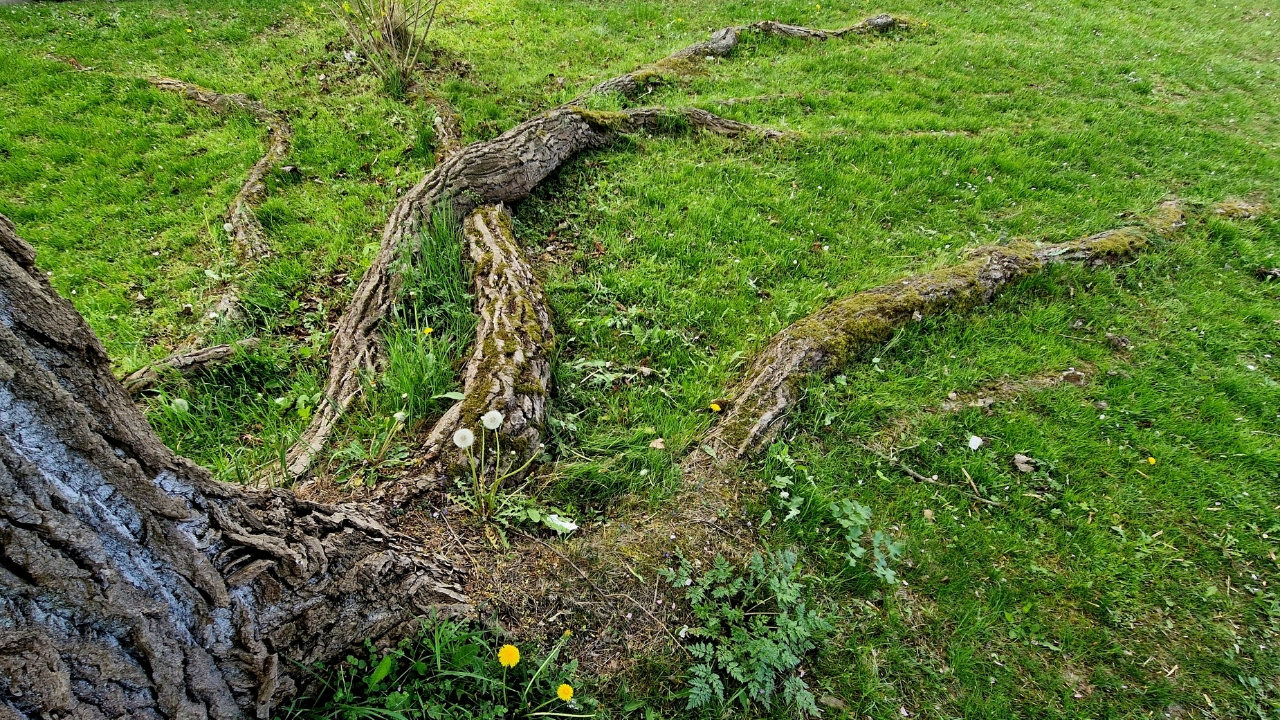
If trees, shrubs, or even aggressive grasses grow near your line, roots will find their way to it. They’ll crush or break fittings slowly over time. You want to keep a wide buffer zone around buried pipe. Replant somewhere else if you have to.
Forgetting to Drain in Winter

If your water line feeds a spigot or livestock tank and you don’t drain it before freezing weather hits, you’re begging for a crack. Even a small amount of water in a shut-off line can cause damage. Make draining part of your fall prep every year.
*This article was developed with AI-powered tools and has been carefully reviewed by our editors.


